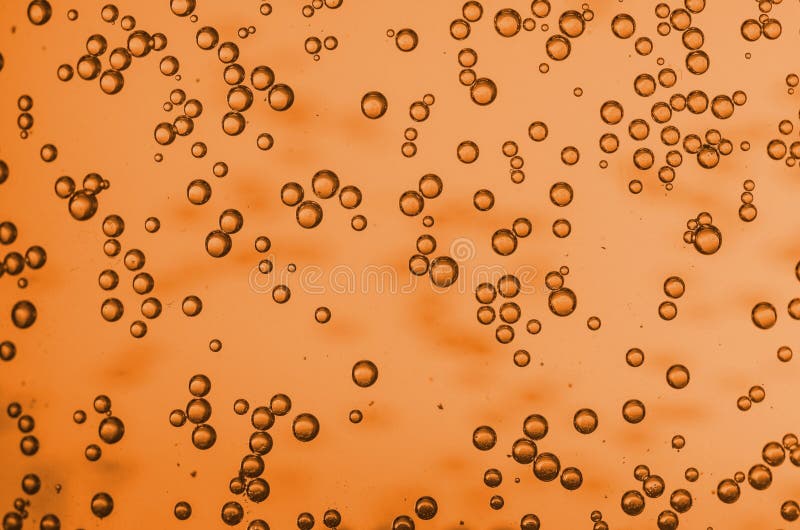

Known as sal ammoniac in the West, nao sha in China, nao sadar in India, and nushādir in Persia and Arabic lands, the chloride of ammonia first became known to the West in the Chou-i ts’an t’ung ch’i, a Chinese treatise of the 2nd century ad. All of these materials, except the chloride of ammonia, were known in ancient times. And he made much of arsenic’s property of colouring metals. The alchemist added the action on metals of a number of corrosive salts, mainly the vitriols (copper and iron sulfates), alums (the aluminum sulfates of potassium and ammonium), and the chlorides of sodium and ammonium. All of these, except possibly the last, were operations known to the metallurgist and were adopted by the alchemist. Mercury itself occurs in nature in a red sulfide, cinnabar, which can also be made artificially. Mercury united with most of the other metals, and the amalgam formed coloured powders (the sulfides) when treated with sulfur.

It was known from prehistoric times in native deposits and was also given off in metallurgic processes (the “roasting” of sulfide ores). Sulfur, “the stone that burns,” was also crucial. Mercury, the liquid metal, certainly known before 300 bc, when it appears in both Eastern and Western sources, was crucial to alchemy. The metals gold, silver, copper, lead, iron, and tin were all known before the rise of alchemy. Superficially, the chemistry involved in alchemy appears a hopelessly complicated succession of heatings of multiple mixtures of obscurely named materials, but it seems likely that a relative simplicity underlies this complexity. Uncover the reason why the alchemist's attempted to conceal their chemical knowledge and how See all videos for this article
Milk alchemistry how to#


 0 kommentar(er)
0 kommentar(er)
